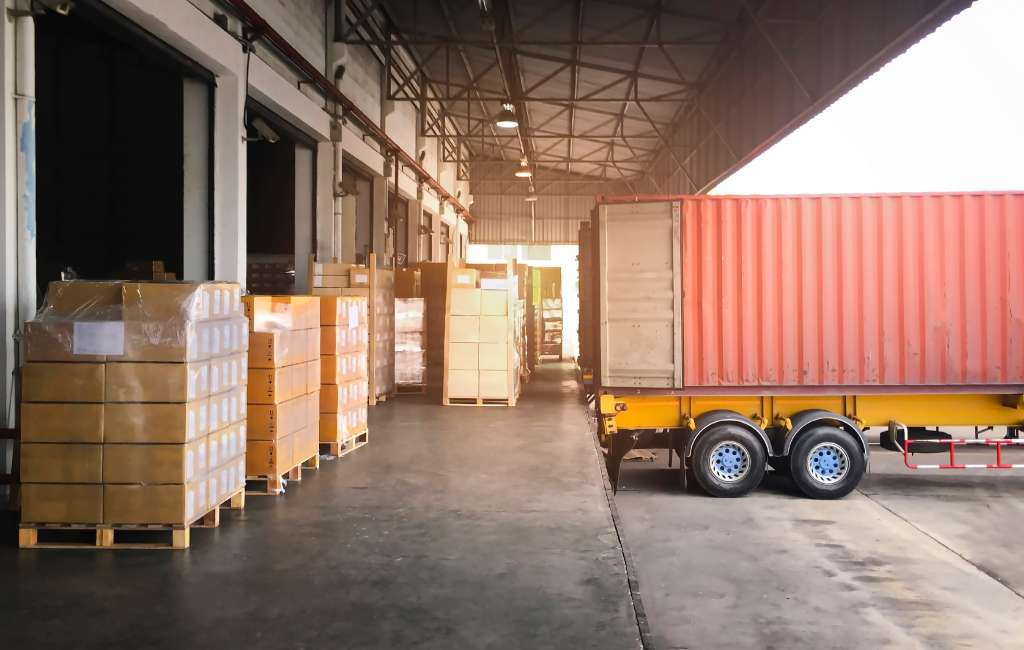Effective Supply Chain Management Through Analytics



Summary: Most fashion brands are taking their procurement global to get materials and finished products at competitive rates. With so many dynamics at play, clothing labels rely on timely and trusted information and its interpretation to make judicious decisions. This is where supply chain analytics can help.
Supply chain management is the manufacturing pipeline responsible for the procurement of materials, inventorying and warehousing, and shipping of products by a fashion label. Analytics is the process of collecting and mining data to gather predictive insight for making procurement and logistics cost-effective and resilient to disruptions. Analytics is data-dependent and employs several sources for harvesting it. In short, data analytics is the information superhighway which drives the supply chain management of a fashion brand.
While traditional sourcing of information is reliable, it is painfully slow. With technology becoming more advanced, most clothing brands with global procurement channels are shifting to automated supply chain analytics supported by third-party and institutional data.
Types of supply chain analytics
Before we set down to understand how supply chain analytics help in making procurement and logistics more resilient, let us take you through the different ways it is put to use.
- Descriptive: The data processing that defines an event or an impact for future reference is called descriptive analytics.
- Diagnostic: When data mining seeks answers to why an event has happened, it is called forensic or diagnostic analytics.
- Predictive: When there are comparative models available with different outcomes for an event, predictive analytics takes the role of a forecasting tool.
- Prescriptive: Based on mathematical algorithms and past experience, a change in the course such as scaling down operations is attributed to prescriptive analytics.
Why data analytics is the lifeline of supply chain management?
Data analytics requires a constant supply of up-to-date information to make informed decisions. This can come from data collected directly from primary and secondary sources, such as internal systems, aggregation services, web scraping, and data gathered from customers. Collecting and handling data effectively is essential for businesses seeking to improve their performance through data-driven decision making.
Here are some of the key areas where data collection in supply chain analytics comes in handy.
- Competitive price advantage

Nothing makes a fashion label more successful than getting the best suppliers and raw materials at competitive prices. Supply chain analytics help in optimizing the manufacturing processes by bringing down the cost of sourcing, inventorying, and shipping. All of this combined results in more resilient and robust bottom lines.
- Risk assessment and forecasting
With mathematical algorithms and verified aggregators providing reliable data streams, clothing and apparel companies can now assess long- and short-term risks with greater accuracy. This allows a clothing company to safeguard against labor unrest, supplier bankruptcy, and changes in customer preferences.
- Flexible and scalable operations
To stay on-trend and ahead of the competition, fashion labels should be able to scale up and down operations based on a surge in product pricing and demand. This requires robust supply chain analytics integrated into the operations for the procurement and the business managers to make impact decisions that can have a snowball effect on the logistics.
- Efficient logistics and shipping

One of the most important components of any clothing and apparel business is the logistics of warehousing and transportation. Once the procurement rates have been finalized and orders are placed, a brand can get a bang for its buck by trimming its warehousing and return to origin (RTO) costs. Supply chain analytics makes it easier for logisticians to assess and manage the inventorying space and shipping costs for a clothing label.
- Reliable deliveries in eCommerce
With last-mile delivery becoming a staple in eCommerce, fashion brands need their delivery process to be lean but efficient. End-to-end supply chain analytics includes customers as a part of the operational chain. Integration of mobile data and social media streams with machine learning enables companies to flag identify pin codes where delivery is not possible or flag customers who have a history of returning shipments.
- Mitigating disruptions
The flipside of global procurement channels is that a disruptive event can negate years of hard work and sustainable practices. Integrated operations through supply chain analytics allow a company to manage the entire manufacturing pipeline in real time. Geopolitical disruptions like the pandemic and the Ukrainian war have taught fashion labels how to diversify sourcing processes and opt for better trade-offs while preventing the pipeline from choking.
Advantages in business with supply chain analytics

The fashion and clothing industry is a dynamic market dictated by cyclical changes in trends and seasons. For a fashion label, timely information plays a critical role in making key decisions such as the price point for procurement and scaling up or down an operation. Supply chain analytics is a great enabler for modern-day supply chain officers and brand managers. With automated data processing and machine learning, fashion labels are now making informed decisions in real time to increase their bottom lines and get a competitive advantage.
Fashinza relies on cutting-edge automation for placing orders and tracking shipments online. With AI-enabled data analytics, it can give a competitive advantage to your manufacturing requirements.
Connect with Fashinza for making your supply chain flexible and cost-effective.
Key Takeaways
- Supply chain analytics is dependent on cross-functional information sharing and interpretation for helping businesses make informed decisions.
- Data analytics uses primary and secondary sources of information and feeds them into predictive and prescriptive models for a fashion brand to improvise on its decisions and mitigate losses from disruptions.
- Supply chain analytics makes logistics insightful and allows managers to scale up and down operations depending on market conditions and disruptive geo-political events.



















